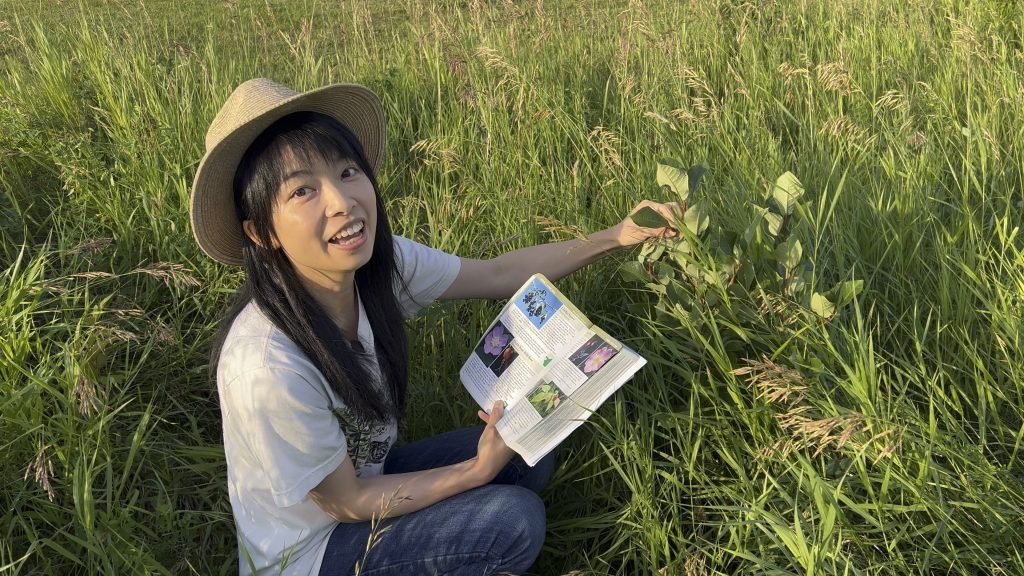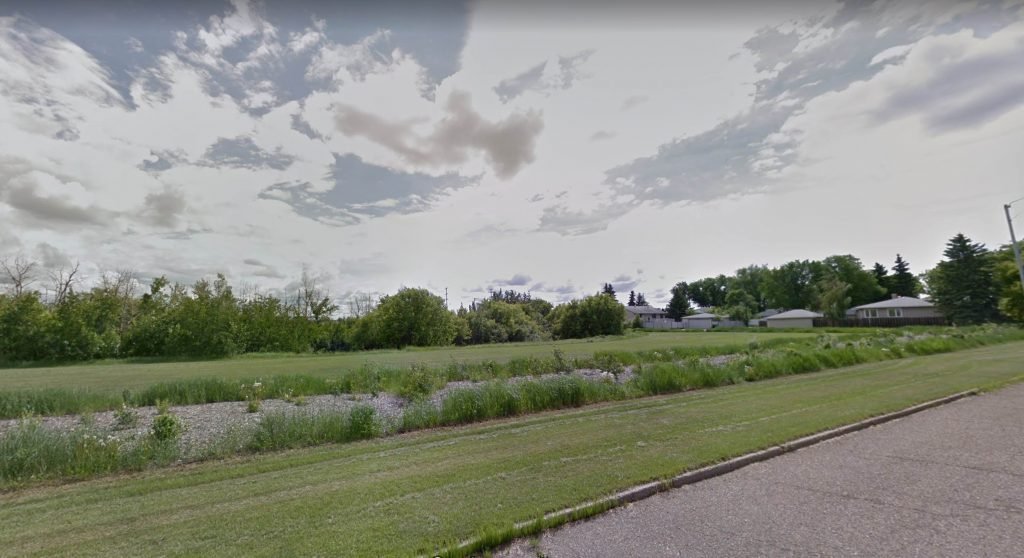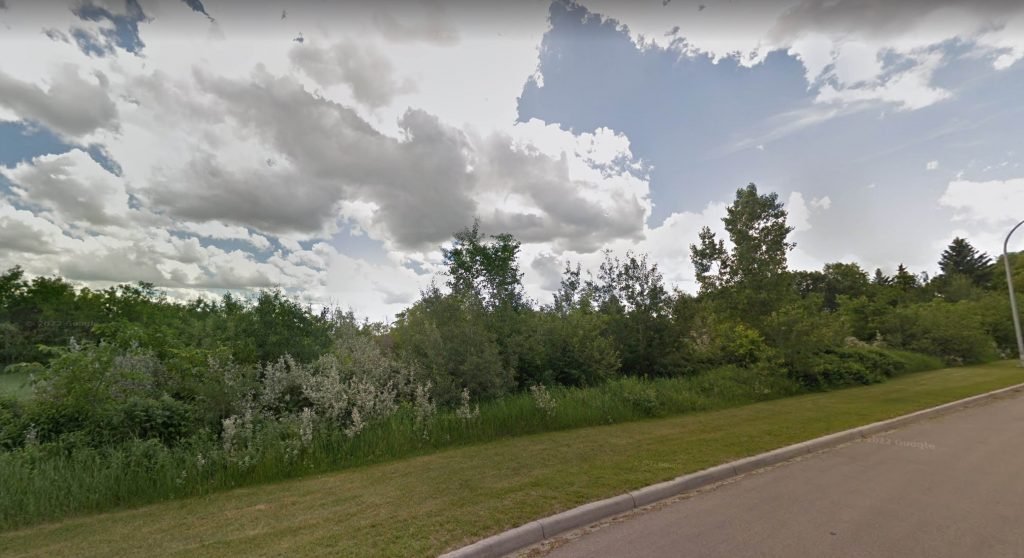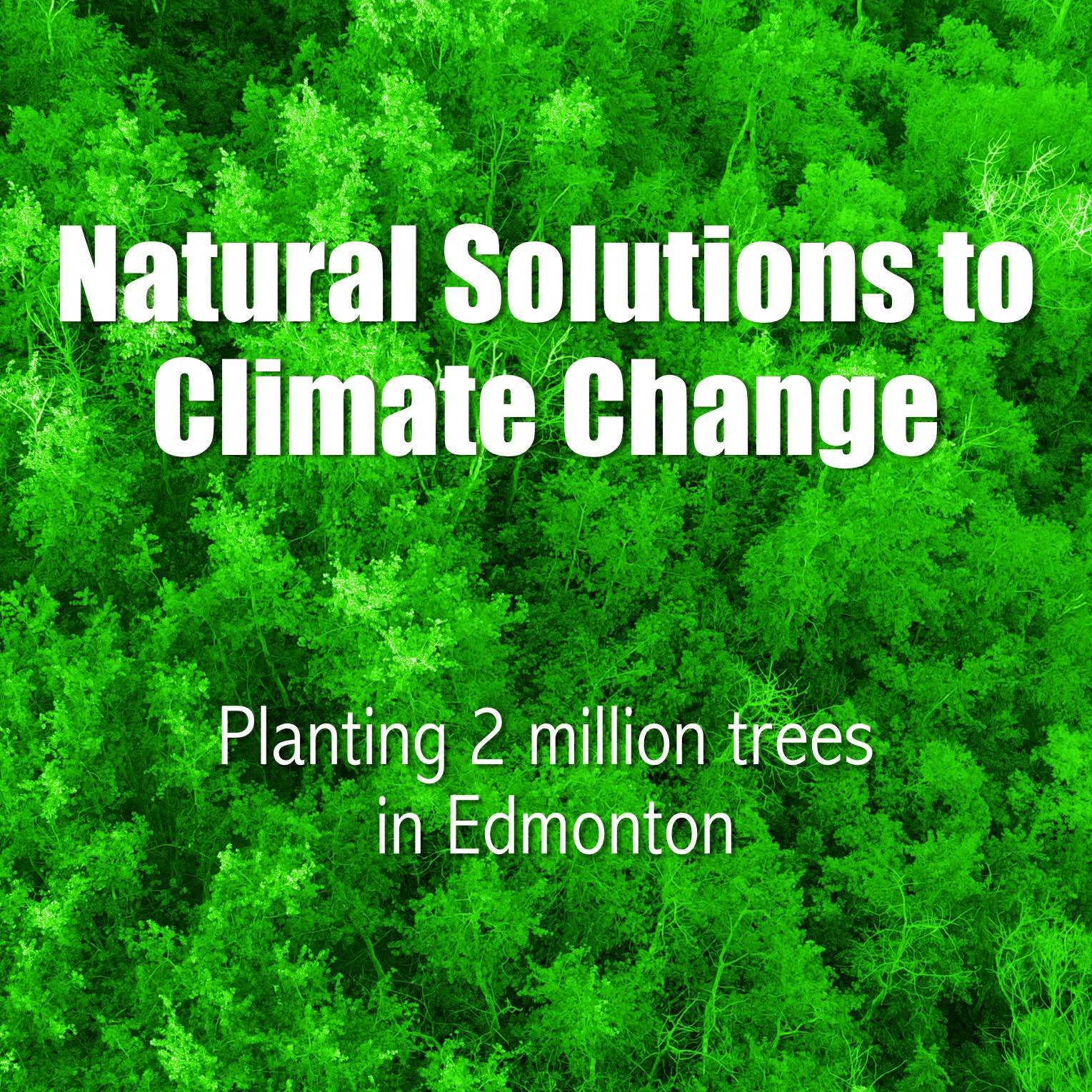“Climb the mountains and get their good tidings. Nature’s peace will flow into you as sunshine flows into trees.”
Naturalist John Muir on the power of nature.
Edmonton is home to the largest urban park in Canada, the river valley of the North Saskatchewan River and now they want to add 2 million trees to the northern city.
More than just a good place for an afternoon hike, there is a growing body of evidence that interacting with nature can provide us humans with a range of well-being and health benefits. Not to mention, all the work trees do helps maintain a healthy environment too.

“Trees have this amazing ability to pull carbon out of the air and store it in their trunk as well as the soil,” says Joy Lakhan, a landscape technician with the City of Edmonton.
Through the simple act of photosynthesis, trees take sunlight, water and carbon dioxide from the air, convert it to biomass and then release oxygen. In the era of climate change, every little bit helps when it comes to reducing airborne carbon.
Since the early 1990s the City has been working to expand its urban forest by converting some highly maintained areas back to a more natural state in a process called naturalization.

Forests planted by Edmontonians
Lakhan leads a crew of volunteers in the City’s Root for Trees program who plant new trees, shrubs and flowers in selected naturalized areas of the City.
“Initially, naturalization can look unruly,” says Lakhan. “There’s a lot of competition taking place between the established grasses, the weeds, and other plants. It’s important to remember that naturalization is a process and it takes time for nature to establish.”

While some areas are left as long grasses, others are planted with native shrubs and trees. The changes are noticeable within a few short years. Take the transformation in Hazeldean, for example, as seen in the time-lapse image below, taken between 2009 and 2019. There are other spectacular examples (see map) all over the city today.
Keep an eye out for the Root for Trees roadway signs along Yellowhead, Whitemud, and Wayne Gretzky Drive to see what sites planted in the 90’s look like today.




The roadside of the Hazeldean area in Edmonton was transformed by naturalization from a lawn that required mowing to a beautiful natural area in just 10 years.
Since 2013 Root for Trees volunteers have planted over 290,000 trees, shrubs and wildflowers, and that number grows larger each program year. On top of that, an additional 55,000 seedlings are planted per year by naturalization contractors.
In time these naturalized landscapes become quite beautiful and they also provide a host of benefits as well.
“Our natural ecosystems provide tons of ecosystem services,” says Qiting Chen, Naturalization Team Lead with the City of Edmonton. “It could be visible things like the fruits and berries that you can pick or it could be invisible services.” According to Qiting, these natural systems provide flood mitigation, prevent soil erosion, reduce noise and even purify our air. They also create habitat, increase biodiversity and help develop climate resilience as well.

Two million more trees
Qiting says these natural areas can also help us mitigate the effects of climate change by sequestering carbon.
In the City’s Community Energy Transition Strategy, Edmonton is counting on trees to store up to 17 per cent of our carbon emissions. To help reach this goal, they are planning to plant two million trees by 2050.
Edmonton also has a vast canopy of boulevard and open-space trees along roads and parklands. Every year 3,000 of these trees are replaced, and an additional 900 trees are expected to be planted each year through to 2070.
Climate change also presents challenges to forests and trees due to increased droughts and pests. But the new forests will be more natural, much more diverse and climate resilient to protect against risks that might affect certain species.
“When we talk about climate change there’s a sense of urgency and everyone plays a role in helping the city to be more climate resilient,” says Qiting.
You too can help to grow Edmonton’s urban forest by planting a tree in your own yard, and by volunteering with Root for Trees.

